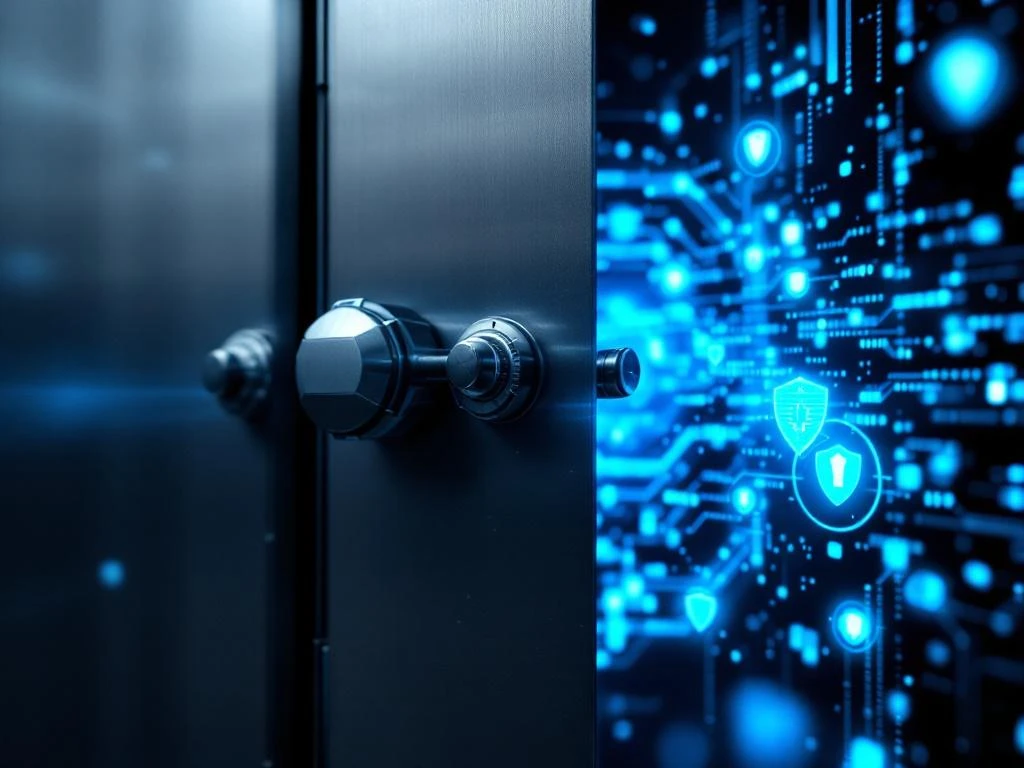

-
UK: +44 203 8876 770
US: 315 508 6500 - cybersecurity@thisisiceberg.com
-
8 Devonshire Square, London, EC2M 4YJ

In our current data-driven legal landscape, constructing an effective team to handle electronic discovery is no longer optional—it’s mission-critical. Organizations managing vast amounts of digital evidence face increasing complexity, tighter deadlines, and higher stakes. With the average case now involving millions of documents, having the right professionals working in harmony can mean the difference between legal success and costly setbacks. The challenge lies not just in finding skilled individuals but in creating a cohesive unit that can navigate the intersection of law, technology, and project management.
The foundation of any high-performing eDiscovery operation begins with clearly defined roles. Ambiguity in responsibilities leads to critical tasks falling through cracks and unnecessary duplication of efforts—both particularly dangerous when managing time-sensitive legal matters.
Leading legal organizations implement detailed responsibility matrices that outline precisely who handles specific aspects of the eDiscovery lifecycle. This includes designating specialized roles such as eDiscovery counsel, project managers, technical specialists, and review team leads with explicit boundaries.
To implement this effectively, create comprehensive job descriptions listing specific responsibilities, required skills, and reporting structures. Then develop a RACI matrix (Responsible, Accountable, Consulted, Informed) for each eDiscovery project to ensure everyone understands their lane.
The eDiscovery landscape evolves rapidly, with new technologies, legal precedents, and best practices emerging continuously. Teams that prioritize ongoing professional development maintain a significant competitive advantage in handling complex matters efficiently.
Successful legal departments allocate dedicated budget and time for team members to participate in regular training programs. The key is developing learning paths tailored to each team member’s specific role and career trajectory.
Consider implementing quarterly learning objectives for team members, encouraging participation in industry associations, and creating mentorship opportunities that allow knowledge transfer between experienced and junior staff. Remember that continuous learning in both technical and legal domains ensures your team remains adaptable to changing requirements.
Even the most talented professionals struggle without effective systems for collaboration. The complexity of eDiscovery demands structured workflows and technology platforms that connect team members, track progress, and maintain consistent processes.
When selecting workflow systems, prioritize those with robust security features, integration capabilities with your existing legal technology stack, and user-friendly interfaces that minimize learning curves. Establish clear documentation standards and communication protocols that specify how and when information should be shared among team members and with external stakeholders.
The most effective eDiscovery teams bridge the gap between technical capabilities and legal requirements. This cross-functional understanding eliminates misalignment that frequently occurs when IT and legal departments operate in silos. Cross-training team members has proven particularly valuable—legal professionals with technical understanding and IT specialists with legal knowledge create a more cohesive operation.
When building your team, look for professionals with experience across disciplines or willingness to develop complementary skills. Create paired working relationships between technical and legal team members to foster knowledge exchange. This approach creates resilient teams that can adapt to changing case requirements without constant escalation to senior leadership.
What gets measured gets managed. High-performing eDiscovery operations establish clear performance indicators that align with both legal outcomes and operational efficiency.
Effective metrics go beyond basic productivity measures to include quality indicators, cost management, timeline adherence, and client satisfaction. Regular performance reviews should incorporate both objective data and qualitative feedback from stakeholders.
Start by identifying 5-7 key performance indicators specific to your eDiscovery operations. Establish baseline measurements, set improvement targets, and schedule regular reviews to track progress. Create feedback channels that allow team members to suggest process improvements based on their frontline experience. This continuous improvement cycle ensures your team evolves alongside changing technology and case requirements.
Creating an exceptional eDiscovery function requires ongoing attention to team dynamics, skill development, and process refinement. The strategies outlined above work together as an integrated system—clear roles provide the structure, ongoing training builds capabilities, collaborative workflows enable efficiency, balanced expertise ensures comprehensive solutions, and performance metrics drive continuous improvement.
We’ve seen organizations transform their legal operations by implementing these approaches, resulting in faster case resolution, lower costs, and better legal outcomes. The investment in building a strong team pays dividends far beyond individual cases, creating competitive advantages that compound over time.
How is your organization approaching eDiscovery team development? Are there particular challenges you’re facing in building or maintaining your legal technology expertise? The landscape continues to evolve, but with the right foundation, your team can turn eDiscovery from a challenge into a strategic advantage.
For organizations seeking to strengthen their eDiscovery capability quickly, our global network of over 120,000 legal technology professionals provides access to specialized talent across 23 countries. We understand the unique challenges of building teams that balance technical expertise with legal knowledge.













